Physical Address
304 North Cardinal St.
Dorchester Center, MA 02124
Physical Address
304 North Cardinal St.
Dorchester Center, MA 02124

Discover the Philippines | Unveiling Hidden Treasures and Unforgettable Experiences
Have you ever yearned to discover a destination where pristine beaches meet vibrant culture, where undiscovered wonders await around every corner? The Philippines an archipelago of over 7,000 islands beckons travelers with promises of adventure, tranquility, and experiences that transcend the ordinary tourist trail. As I stepped off the plane in Manila for the first time, I had no idea I was about to uncover a treasure trove of experiences that would forever change how I view travel.
The morning sun casts a golden glow across the emerald waters as local fishermen navigate their traditional bangkas (outrigger canoes) through gentle waves. This isn’t just another tropical destination it’s a living tapestry of experiences waiting to be woven into your travel story. The Philippines offers that increasingly rare combination of natural splendor, cultural richness, and genuine hospitality that transforms tourists into storytellers.
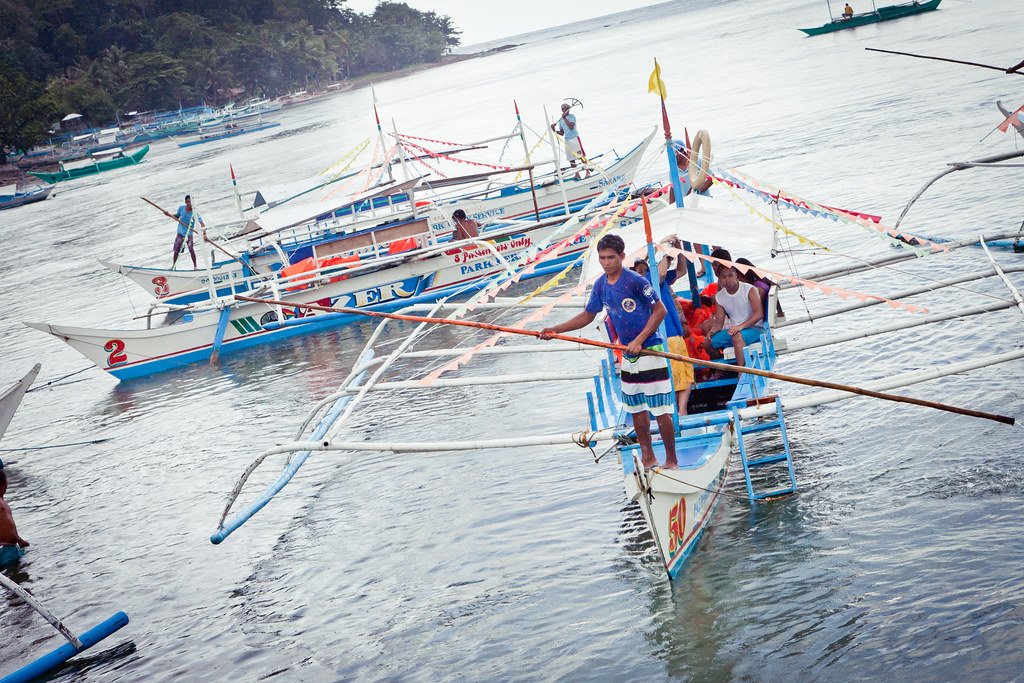
traditional bangkas
Unlike its more commercially developed Southeast Asian neighbors, the Philippines still harbors countless undiscovered wonders and secret spots that remain relatively untouched by mass tourism. Here, you can have an entire beach to yourself, discover underwater ecosystems teeming with life, or find yourself welcomed into celebrations in remote villages where traditions remain vibrantly alive.
What truly sets the Philippines apart isn’t just its breathtaking landscapes but the warmth of its people. The Filipino concept of “mabuhay” extends beyond a simple greeting it embraces a philosophy of living fully and welcoming others into that joy. This cultural essence transforms even the most routine interactions into memorable moments that stay with you long after your tan fades.
While Boracay’s white beaches and Palawan’s lagoons have earned their fame, the true explorer knows that the Philippines’ most extraordinary treasures lie in its less-traveled corners. Let me take you on a journey to places where footprints in the sand are more likely to be your own.
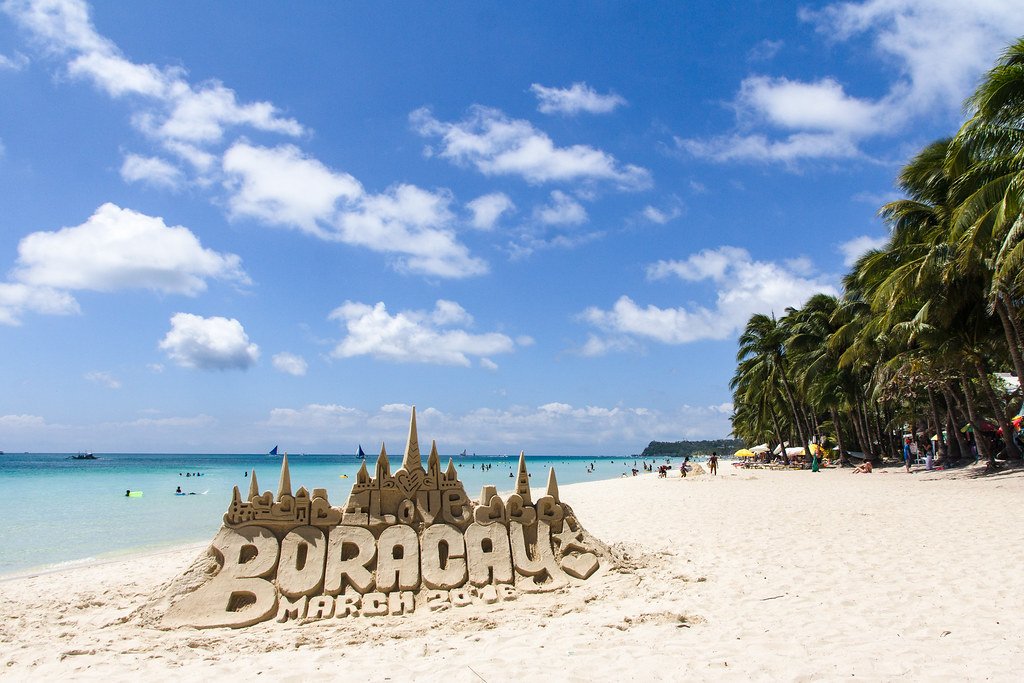
Beyond Boracay
Imagine rolling verdant hills meeting dramatic cliff edges that plunge into the churning sea below. Batanes, the northernmost province, feels more like stepping into a Scottish highland than a tropical Asian destination. As I hiked along the windswept paths of Vayang Rolling Hills, the only sounds were the distant waves and the whisper of grass bending in the breeze a stark contrast to the bustling beaches found elsewhere.
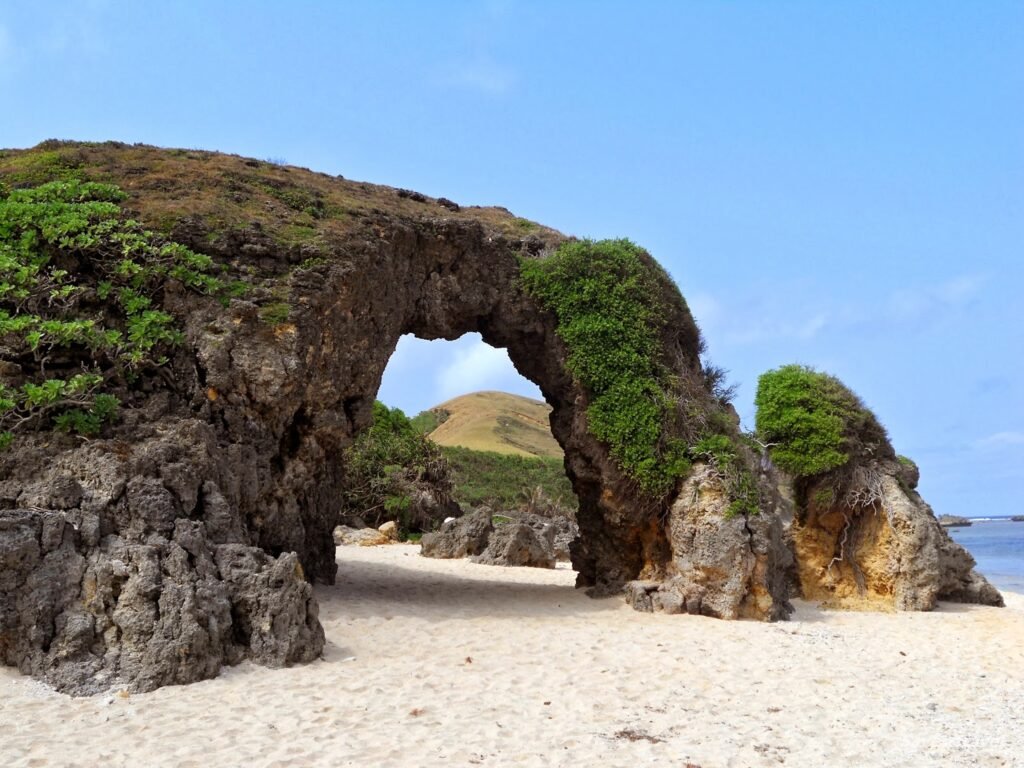
Batanes
The stone houses of Ivatan villages, built to withstand typhoons, stand as testament to the resilience of local culture. Here, time moves differently. Traditional practices persist not as tourist attractions but as living culture. Visiting during the early morning, I watched fishermen prepare their nets as they have for generations, their silhouettes framed against the rising sun a moment of authentic connection to a way of life that has remained largely unchanged.
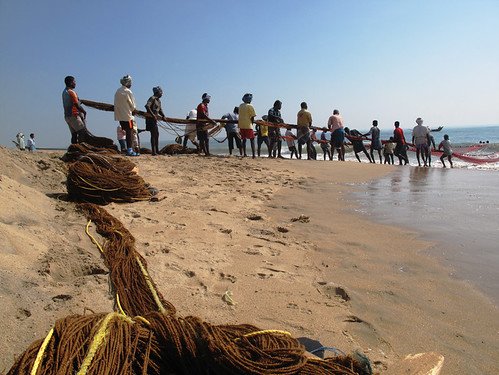
Batanes fishermen prepare their nets
[Learn more about immersive cultural experiences across the Philippines on our Cultural Experiences page]
Siquijor Island whispers stories of ancient healing traditions and mystical practices. Beyond its reputation for folklore, I discovered some of the most mesmerizing waterfalls hidden within its lush interior. At Cambugahay Falls, tiers of turquoise pools cascade through dense foliage, creating natural swimming areas where local children taught me to swing from rope vines into the refreshing waters below.
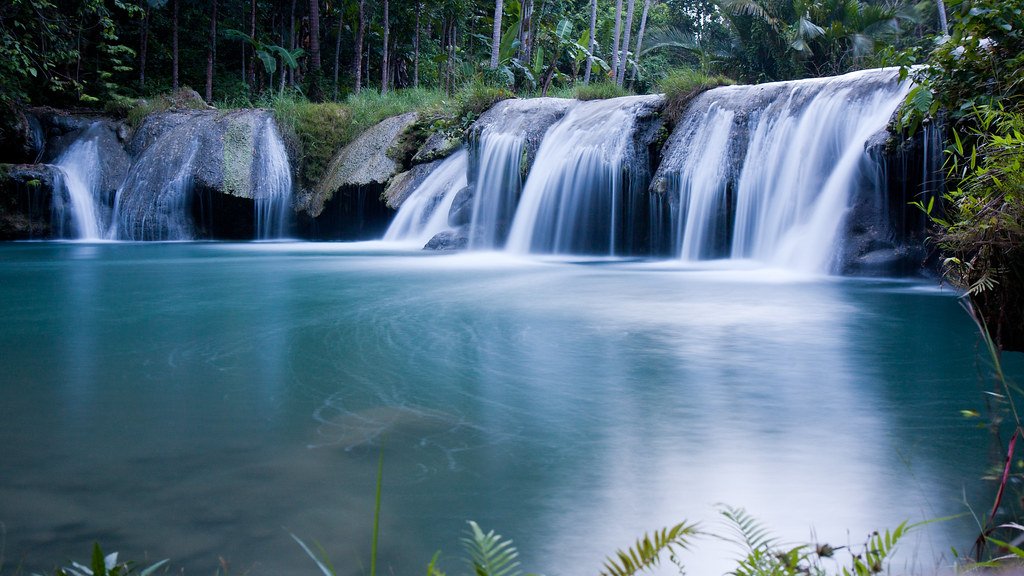
Cambugahay Falls
As dusk settled over Paliton Beach, I witnessed a sunset that transformed the horizon into a canvas of orange and pink hues. Unlike the famous sunset spots where tourists gather by the hundreds, here I shared this spectacular light show with just a handful of travelers and locals. This is the essence of Siquijor natural splendors enjoyed in blissful tranquility.
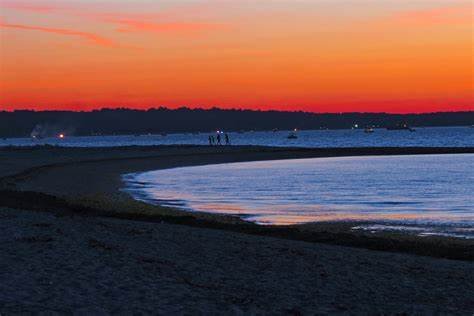
Paliton Beach
Rising from the Bohol Sea, Camiguin Island packs seven volcanoes into an area smaller than most cities. This geological wonder offers hidden gems at every turn. Soaking in the ancient Ardent Hot Springs after a day of exploration, I felt the island’s volcanic energy literally flowing through the steaming waters that eased my tired muscles.
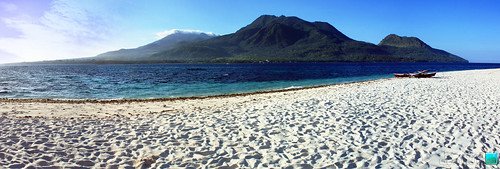
Camiguin
The underwater cemetery a volcanic eruption memorial marked by a large cross just offshore creates one of the most unique snorkeling experiences you’ll ever encounter. Schools of colorful fish now make their home among the sunken tombstones, a poignant reminder of nature’s duality as both destroyer and creator of beauty.
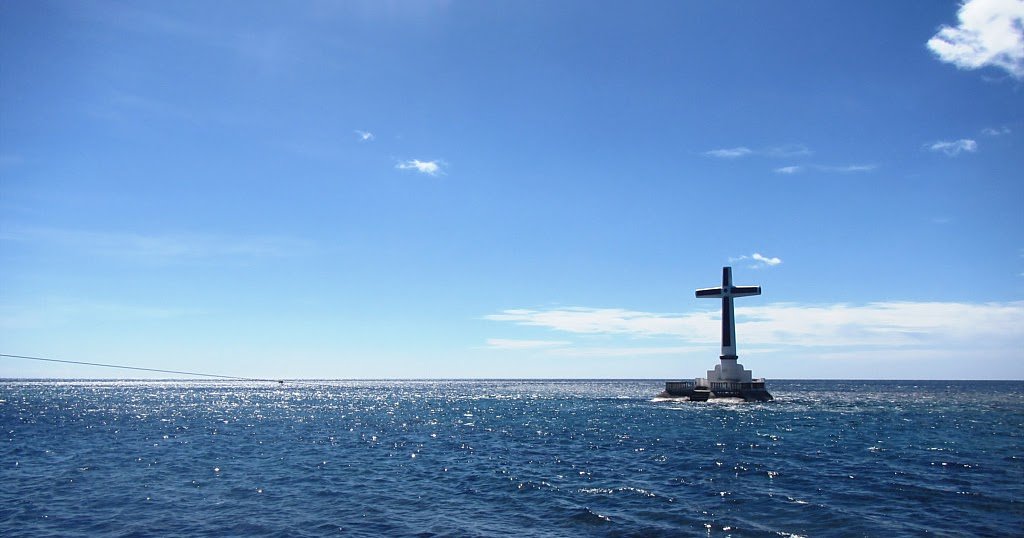
volcanic eruption memorial
[Discover more natural wonders on our Nature & Wildlife page]
Traveling with family needn’t mean sacrificing authentic experiences for convenience. The Philippines offers countless opportunities for family vacation ideas that will delight travelers of all ages while creating bonds through shared discovery.

Family-Friendly Adventures
In Moalboal, Cebu, my nephew experienced his first snorkeling adventure amid the famous sardine run millions of silvery fish swirling in mesmerizing formations just meters from shore. The look of wonder on his face as he emerged from the water is precisely why family travel in the Philippines is so rewarding. The abundance of shallow, protected marine areas makes introducing children to underwater ecosystems both safe and spectacular.
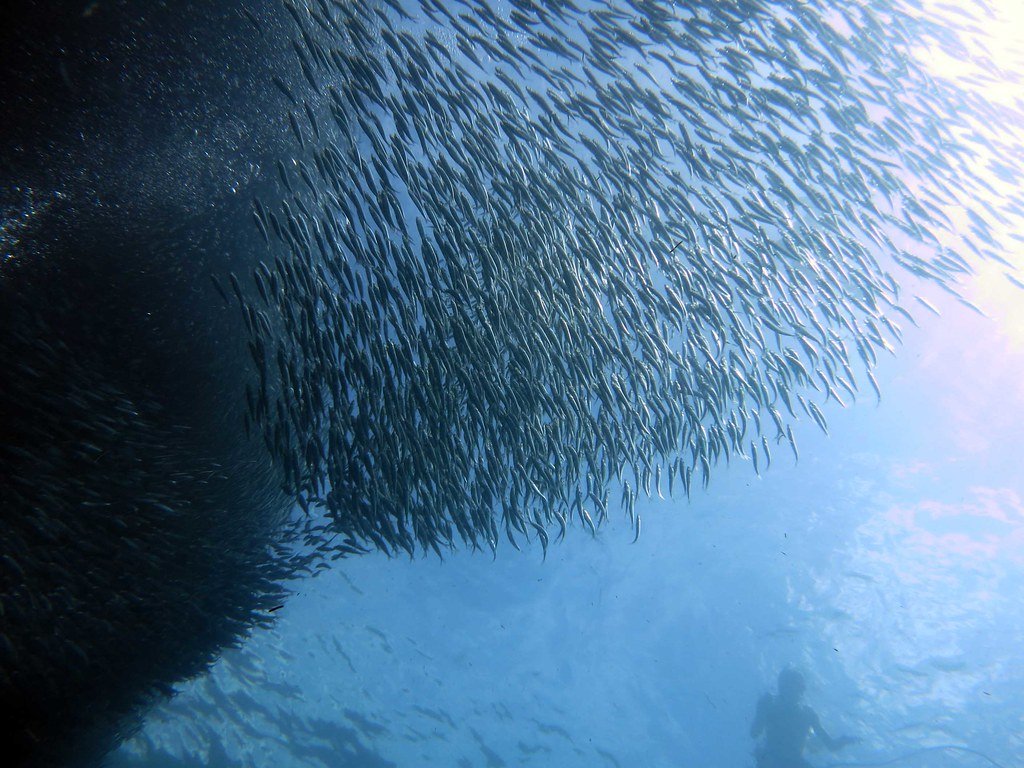
In Moalboal, Cebu, silver fish
For families with older children, the thrill of swimming alongside gentle whale sharks in Oslob or Donsol provides not just adventure but valuable lessons in marine conservation. These encounters create powerful memories while instilling appreciation for ocean preservation.
At the Bohol Habitat Conservation Center, my friend’s children delighted in spotting the wide-eyed tarsiers one of the world’s smallest primates while simultaneously absorbing lessons about endangered species protection. Throughout the Philippines, such educational experiences are wrapped in layers of fun and adventure.
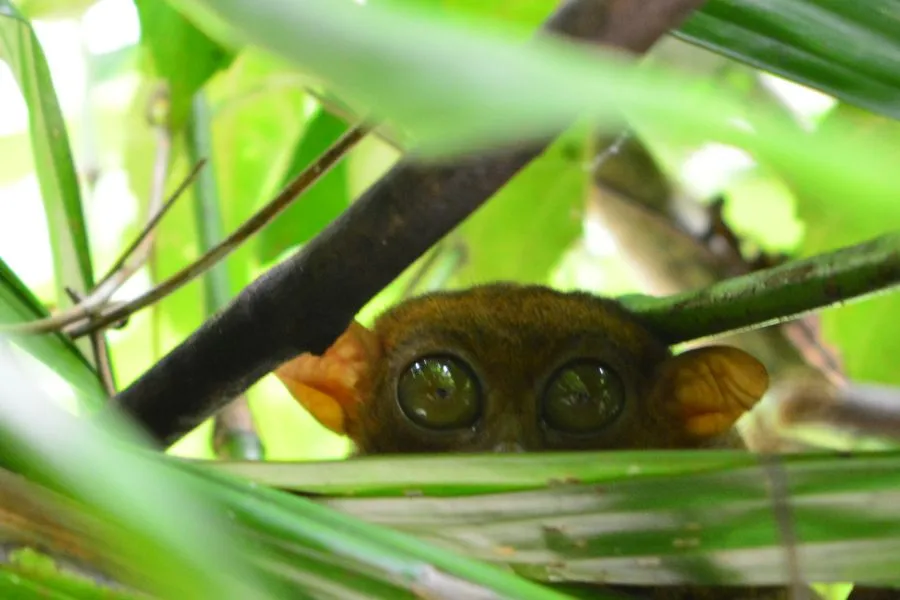
the wide-eyed tarsiers
In Puerto Princesa, families can navigate the Underground River together, with guides who skillfully balance scientific information with humor that keeps young explorers engaged. Meanwhile, in Banaue, children marvel at the engineering wonder of rice terraces carved into mountainsides over 2,000 years ago, bringing history and agricultural traditions to life before their eyes.

wonder of rice terraces
To truly understand the Philippines is to immerse yourself in its cultural tapestry a vibrant blend of indigenous traditions, Spanish colonial influence, American impact, and uniquely Filipino innovation.
While major celebrations like Sinulog in Cebu draw international crowds, I found deeper connection in smaller community festivals. In a coastal village in Antique province, I stumbled upon a local harvest celebration where fishermen decorated their boats in colorful streamers. Before I knew it, I was invited to join the feast, learning traditional dances from elders who seemed delighted by my enthusiastic if clumsy attempts.
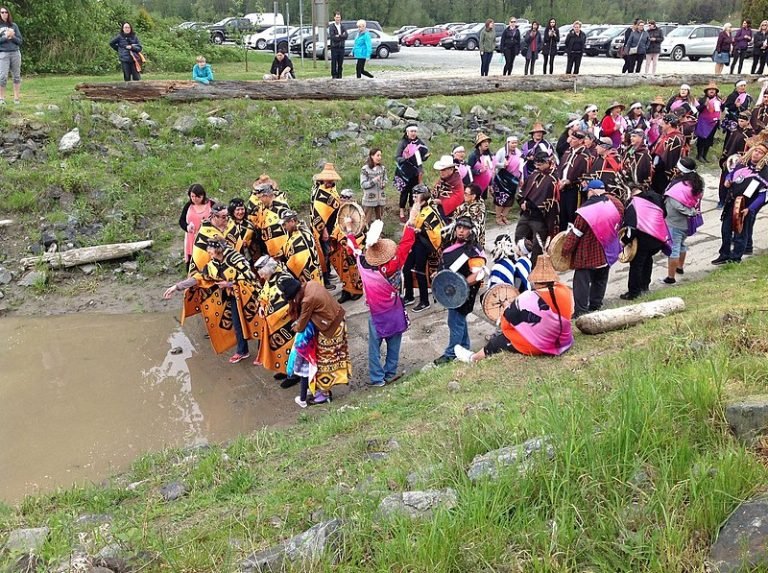
Fish harvest festival in the Philippines
These locally preferred celebrations offer glimpses into Filipino life rarely seen by tourists who stick to commercial attractions. Ask locals about upcoming events in their communities you might find yourself participating in traditions that have been passed down through countless generations.
In Baguio City’s community workshops, I spent an afternoon learning traditional weaving techniques from Igorot artisans. The patience with which they guided my fumbling fingers reflected the same meticulous care evident in their intricate textiles. Taking home a small woven bracelet I made myself offered far more satisfaction than any souvenir I could have purchased.

Traditional weaving techniques of Igorot artisans.
Throughout the archipelago, such opportunities for interactive cultural learning abound from pottery making in Vigan to traditional musical instrument workshops in Mindanao. These experiences forge connections that transcend typical tourist-local dynamics.
[Step back in time with more heritage experiences on our Historical Wonders page]
Filipino cuisine remains one of Southeast Asia’s undiscovered treasures a delicious fusion reflecting the nation’s complex history and diverse geography. Beyond the internationally recognized adobo and lechon lies a world of regional specialties that tell the story of the Philippines one bite at a time.
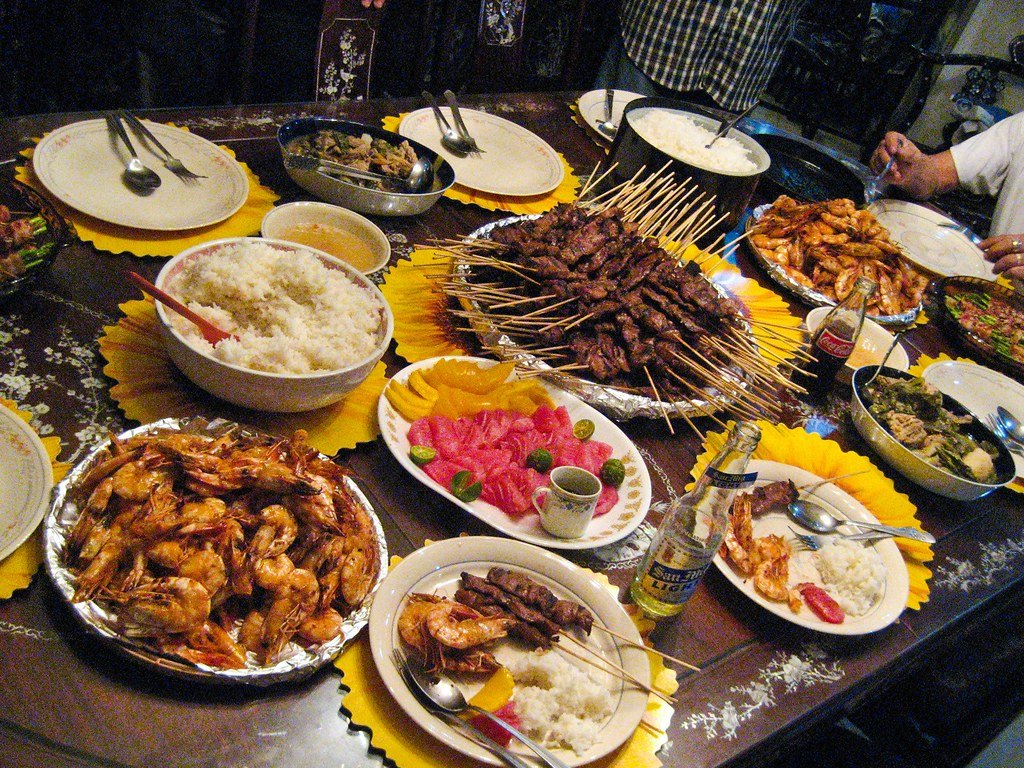
Filipino cuisine
While bustling markets like Legazpi Sunday Market offer delectable street food adventures, I found the heart of Filipino cuisine within actual homes. Through community-based cooking classes in Pampanga considered the country’s culinary capital I learned to prepare kare-kare (oxtail stew with peanut sauce) alongside local home cooks who shared family recipes and techniques passed through generations.

oxtail stew with peanut sauce
The conversation that flows while chopping vegetables or stirring simmering pots provides insights into daily Filipino life no restaurant experience can match. Plus, you’ll take home practical skills to recreate these flavors and memories long after your journey ends.
Each island group boasts distinct culinary traditions worth exploring. In Iloilo, the delicate flavors of La Paz batchoy (noodle soup) contrast beautifully with the fiery intensity of Bicol’s coconut-chili dishes. Even something seemingly simple as vinegar a staple condiment varies dramatically from region to region, with each area proudly producing their own distinctive varieties from coconut, sugarcane, or native fruits.

Bicol’s coconut-chili dishes
Food markets in smaller towns offer sensory adventures and opportunities to discover ingredients rarely seen outside the Philippines. The vibrant purple of ube, the surprising texture of siniguelas fruits, or the intriguing appearance of balut (a controversial local delicacy) all provide conversation starters with locals eager to share their food knowledge.
The archipelagic nature of the Philippines presents unique logistical challenges, but with proper planning, this becomes part of the adventure rather than an obstacle. Domestic airlines like Cebu Pacific and Philippine Airlines connect major islands, while ferry services link neighboring islands with varying levels of comfort and speed.
For truly remote destinations like the Batanes islands or parts of Mindanao, planning ahead is essential as flights operate less frequently and can fill quickly during peak seasons. Within islands, jeepneys (colorfully decorated shared transportation), tricycles (motorcycle sidecars), and habal-habal (motorcycle taxis) offer authentic if sometimes adventurous ways to get around while connecting with locals.
While international hotel chains cluster in Manila, Cebu, and major tourist destinations, the true charm of Philippine accommodations lies in its boutique resorts and community-based options. In El Nido, I discovered a small family-run guesthouse perched on a hillside offering panoramic views that rivaled those of luxury resorts, at a fraction of the cost.
For those seeking deeper immersion, homestay programs in rural areas provide both affordable lodging and cultural exchange. In the mountain province of Ifugao, spending nights in a traditional hut offered insights into highland culture no hotel could provide from evening storytelling sessions to dawn rituals welcoming the sun.
[Find your perfect romantic escape on our Honeymoon Getaways page]
The Philippines experiences two primary seasons dry (November to April) and wet (May to October). While conventional wisdom suggests visiting during dry months, savvy travelers know that shoulder seasons offer special advantages.
Late November to early December provides an ideal balance the rainy season has typically ended, yet the holiday tourist surge hasn’t begun. During this period, you’ll find perfect weather conditions alongside pre-Christmas festivities as Filipinos begin the world’s longest Christmas celebration.
For wildlife enthusiasts, timing can unlock extraordinary experiences. Whale shark interactions in Donsol are best between February and May, while the firefly spectacle along Abatan River in Bohol creates magical evening experiences year-round but is particularly spectacular during darker phases of the moon.
A common mistake is trying to see too many islands in too little time. The Philippines rewards slow travel. Rather than attempting to island-hop daily, consider dedicating at least 3-4 days to each major destination. For a two-week journey, focusing on two main regions (perhaps Palawan and Bohol, or Cebu and Siargao) allows for depth rather than breadth of experience.
The most memorable Philippine experiences often happen when you’re not rushing when you have time to accept that impromptu invitation to a local gathering or can afford to linger at a stunning viewpoint until the perfect sunset illuminates the landscape.
[Explore more off-the-beaten-path destinations on our Hidden Gems page]
The Philippines rewards those who venture beyond the obvious, who seek connections rather than merely checkmarks on a tourist itinerary. Whether you’re drawn by the promise of secluded beaches, vibrant cultural traditions, thrilling adventures, or culinary discoveries, these islands offer treasures waiting to be uncovered.
Remember that the true luxury of Philippine travel lies not in five-star accommodations (though these exist in abundance) but in five-star experiences moments of discovery and connection that transform a vacation into a meaningful journey. The fisherman who invites you to join his early morning expedition, the grandmother who teaches you her secret recipe, the child who shows you a shortcut to a hidden waterfall these encounters reveal the Philippines that many travelers miss.
As you plan your journey to this extraordinary archipelago, embrace the Filipino concept of “bahala na” a philosophy combining faith, flexibility, and openness to what comes. Some of your most treasured memories will likely emerge from unplanned detours and spontaneous decisions to follow where curiosity leads.
[Get expert guidance on planning your ideal journey on our Planning Travel Trips page]
Ready to discover your own hidden paradise in the Philippines? From secluded beaches where your footprints might be the only ones in the sand to vibrant cultural celebrations where you’re welcomed like family, these extraordinary islands offer experiences for every type of traveler.
Reveal Your Hidden Paradise – Let Travel Go Easy guide you to the Philippines’ best-kept secrets and create an itinerary tailored to your travel dreams. From booking the perfect flights to securing accommodations in undiscovered gems, our team specializes in crafting journeys that go beyond ordinary tourism.
Start your extraordinary Philippines adventure today! Book your journey now and discover why travelers who venture beyond the obvious find themselves returning to these magical islands again and again.
Keywords targeted in this article: hidden gems, family vacation ideas, undiscovered treasures, secret spots, locally preferred celebrations, ,, authentic connection, hidden paradise
© 2025 Travel Go Easy (travelgoeasy.net). All rights reserved. This content is protected by copyright law and may not be reproduced without permission.